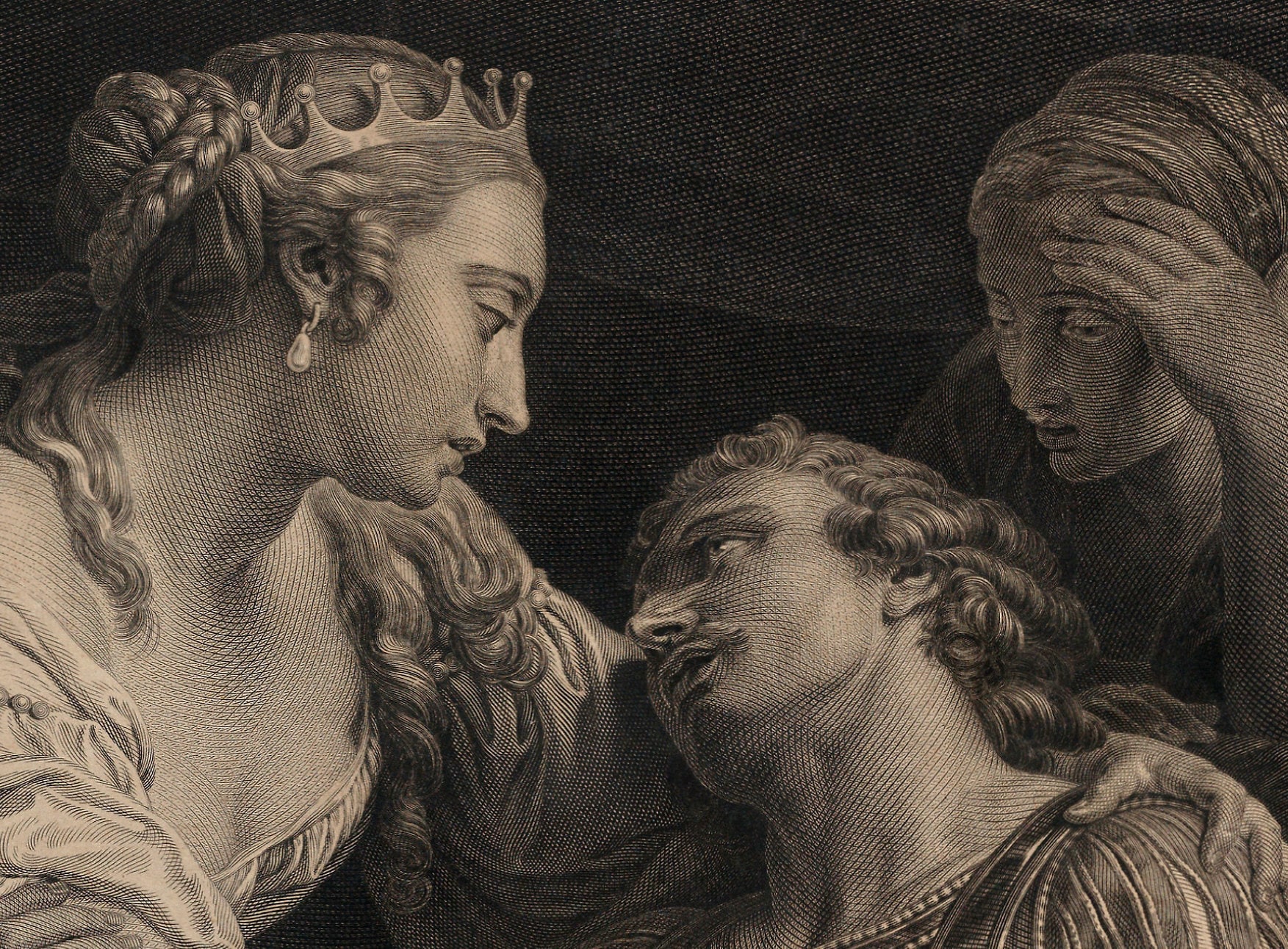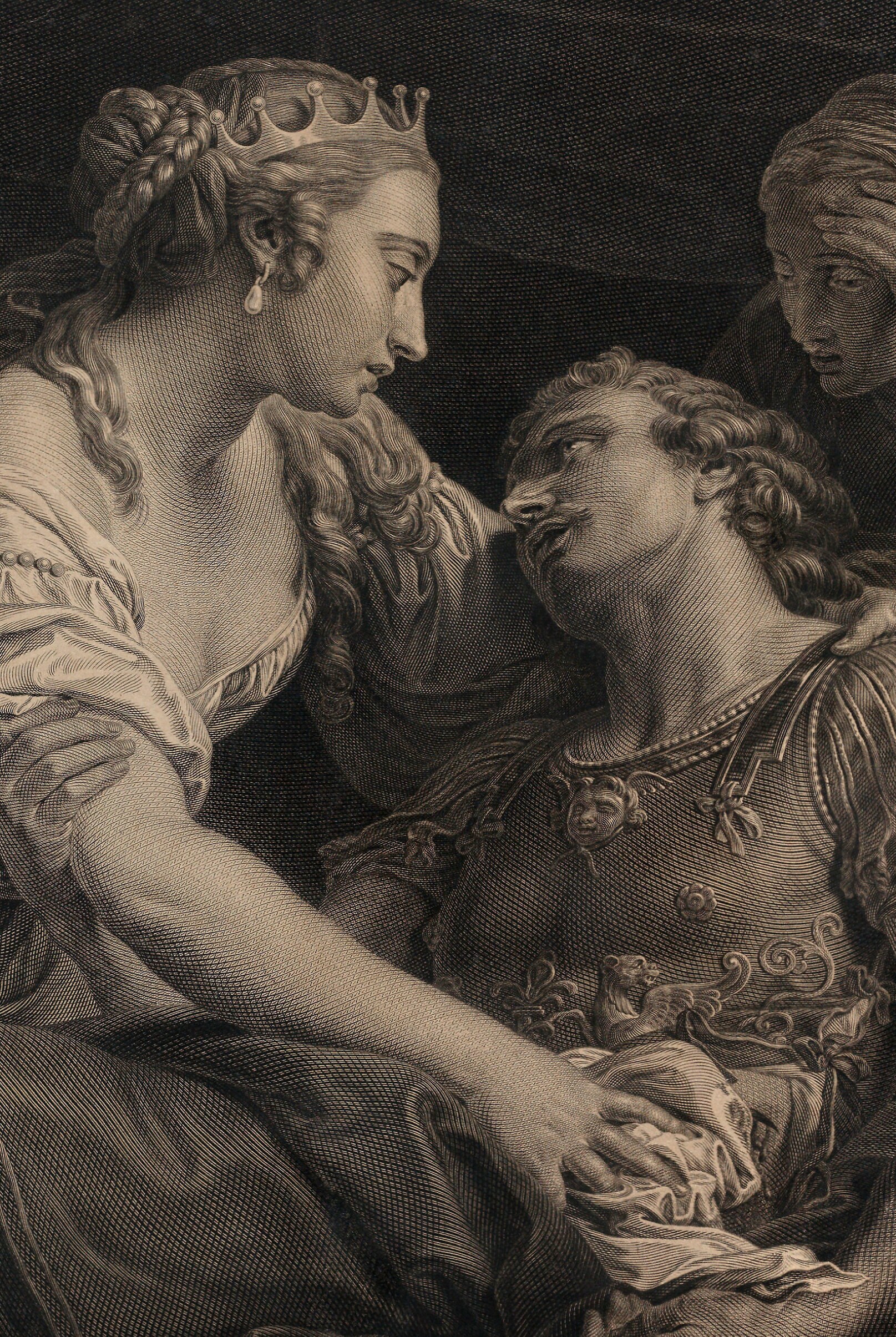The tragic story of Cleopatra and Marc Antony is one of the most poignant tales from ancient history, embodying a dramatic blend of love, politics, and personal downfall. Their story is set against the backdrop of the power struggles of the late Roman Republic and the early Roman Empire.
Marc Antony, a Roman general, politician, and associate of Julius Caesar, rose to prominence in the volatile aftermath of Caesar's assassination. Cleopatra VII, noted for her sharp intellect, political savvy, and captivating presence, was the last active pharaoh of Egypt’s Ptolemaic Kingdom. Their relationship began as a political alliance but soon blossomed into a deep and tumultuous romance, fraught with challenges and political ramifications.
After Caesar's death, Rome was torn by a civil war between Antony and Octavian, Caesar’s adopted son and heir. Antony allied himself with Cleopatra, relying heavily on her wealth and resources. This alliance was viewed suspiciously by many in Rome, where Octavian manipulated public opinion against Antony, casting him as a traitor under the sway of a seductive foreign queen.
The conflict culminated in the naval Battle of Actium in 31 BC, where Octavian's forces decisively defeated Antony and Cleopatra’s fleet. Following their defeat, Antony and Cleopatra retreated to Egypt. As Octavian’s forces closed in, where under tragic misconceptions, Antony believed Cleopatra had died and fatally wounded himself in despair. He died in Cleopatra’s arms, and unwilling to be paraded as a captive in Rome, she chose death by the bite of a venomous snake. Their demise not only marked the end of the Ptolemaic dynasty in Egypt but also signaled the end of the Roman Republic, paving the way for Octavian's ascent as Augustus, the first Roman Emperor.
The story of Antony and Cleopatra has been immortalized in countless works of art, literature, and theatrical plays, resonating through the ages as a story of passionate love and tragic destiny.
In the world of classical art, few pieces capture the poignancy of historical drama as vividly as Johann Georg Wille's engraving, "The Death of Marc Antony with Cleopatra." This remarkable artwork not only brings a pivotal moment from antiquity to life but also showcases the exquisite technique of engraving, making it a perfect masterpiece for those who appreciate both history and artistry.
Johann Georg Wille, a German engraver active in the 18th century, was renowned for his precision and skill in the art of copperplate engraving. This technique involves incising an image onto a smooth copper plate. Once the engraving is complete, ink is applied to the plate, and an impression is made on paper. This method allows for fine details and subtle gradations of tone, which are vividly evident in Wille's portrayal of the tragic demise of the Roman general and his queen.

"The Death of Marc Antony with Cleopatra" captures a deeply emotional and climactic moment. The scene is set in the dimly lit chamber where Marc Antony, having suffered a mortal wound, is depicted in the arms of Cleopatra, the queen of Egypt. The expressions on their faces reflect a profound mix of despair, pain, and lingering affection. Wille's meticulous attention to detail—the intricate textures of their clothing, the soft drapery, and the stark contrasts of light and shadow—enhances the dramatic effect and draws the viewer into the historical moment.
Wille’s choice of copperplate engraving for this work is particularly apt given the depth and complexity of the emotions he needed to convey. This medium allowed him to achieve a level of detail and emotional depth that might be less pronounced in other artistic forms. The precision of the lines and the careful modulation of shading create a lifelike presence, making the scene resonate with viewers centuries after it was first created.
However, it’s important to note that the engraving was created after a painting by Pompeo Girolamo Batoni, an Italian painter known for his grand historical and mythological paintings. This relationship between the original painting and the engraving emphasizes the collaborative nature of art in this period, where engravers played a crucial role in disseminating the works of painters to a broader audience.
Today, the availability of giclée prints of such historical artworks brings a piece of history into contemporary spaces. Giclée printing is a fine art digital printing method that offers one of the highest degree of accuracy and richness of color available in any of the reproduction techniques. The quality of a giclée print of "The Death of Marc Antony with Cleopatra" is so high that the nuances of light and texture that Wille crafted with his engraving tool are vividly reproduced.
Owning a giclée print of this magnificent piece means more than just having a decorative item; it is a way to connect with the past and appreciate the enduring beauty of classical art forms. It’s an invitation to ponder the universal themes of love, tragedy, and the complex interplay of personal and political dramas.
As we continue to admire and analyze such works, they remind us of the power of art not just to depict reality, but to evoke feeling and provoke thought. Johann Georg Wille’s "The Death of Marc Antony with Cleopatra" is more than just a picture—it is a narrative captured in metal and ink, brought forward through centuries to speak to our imaginations and our hearts.

